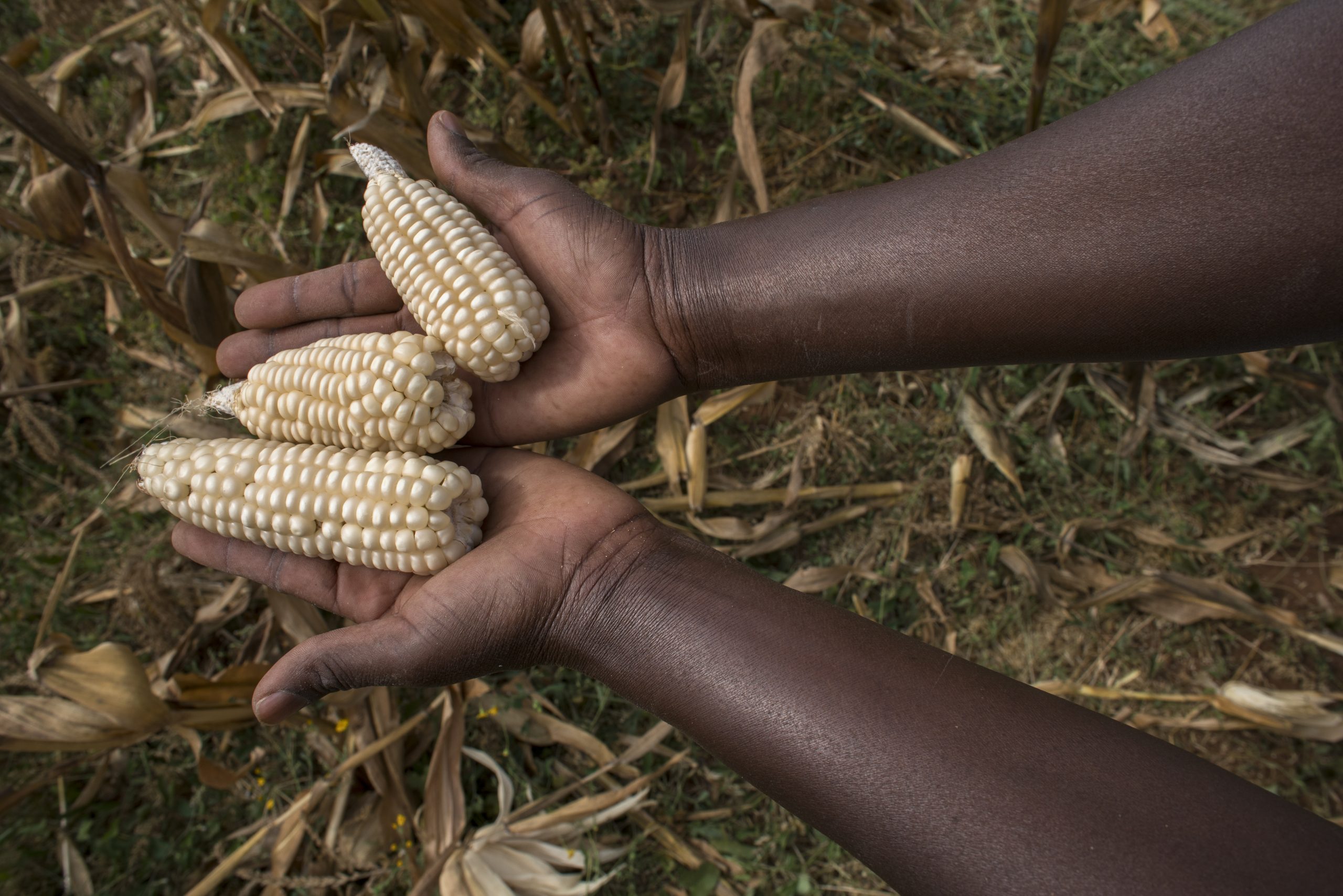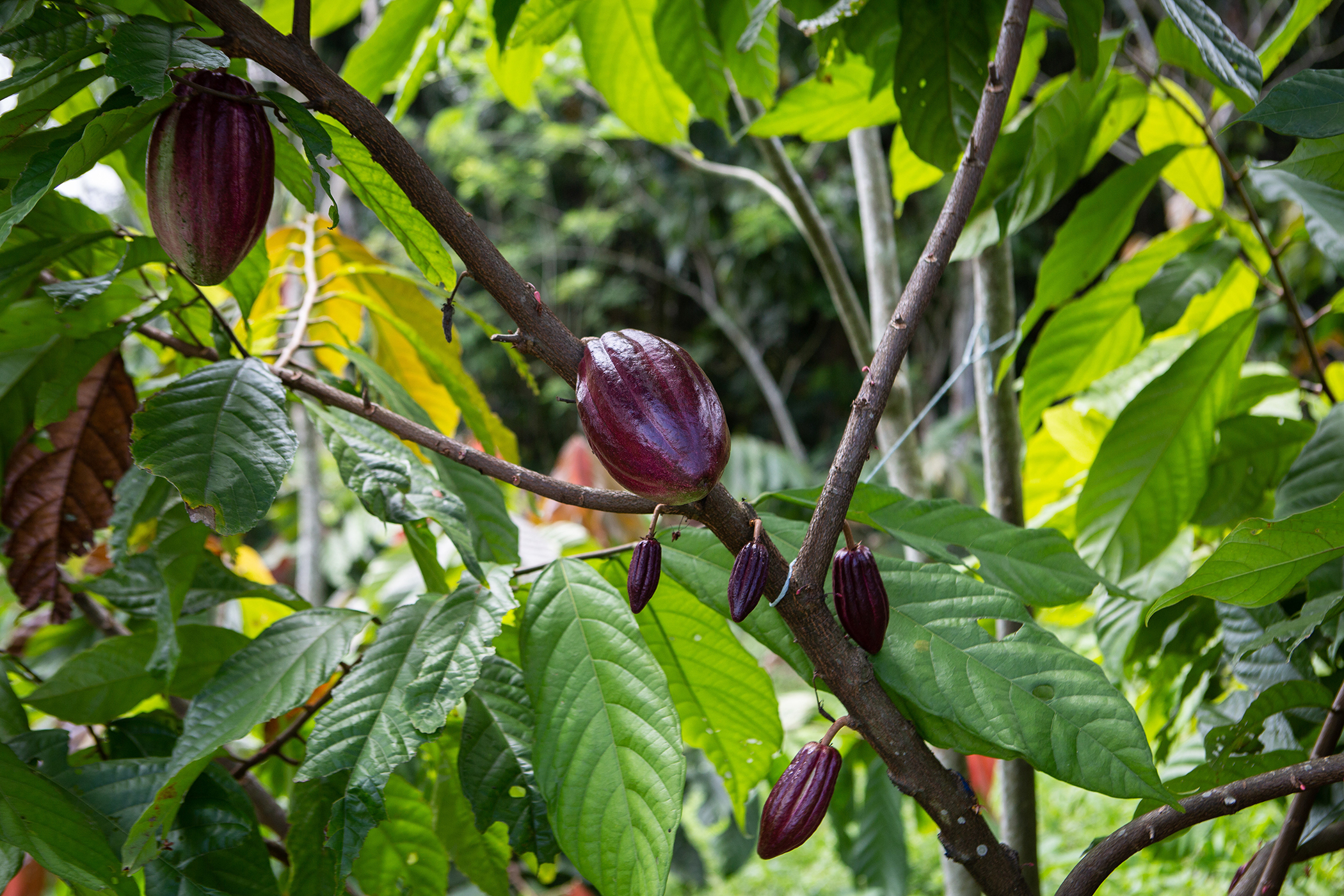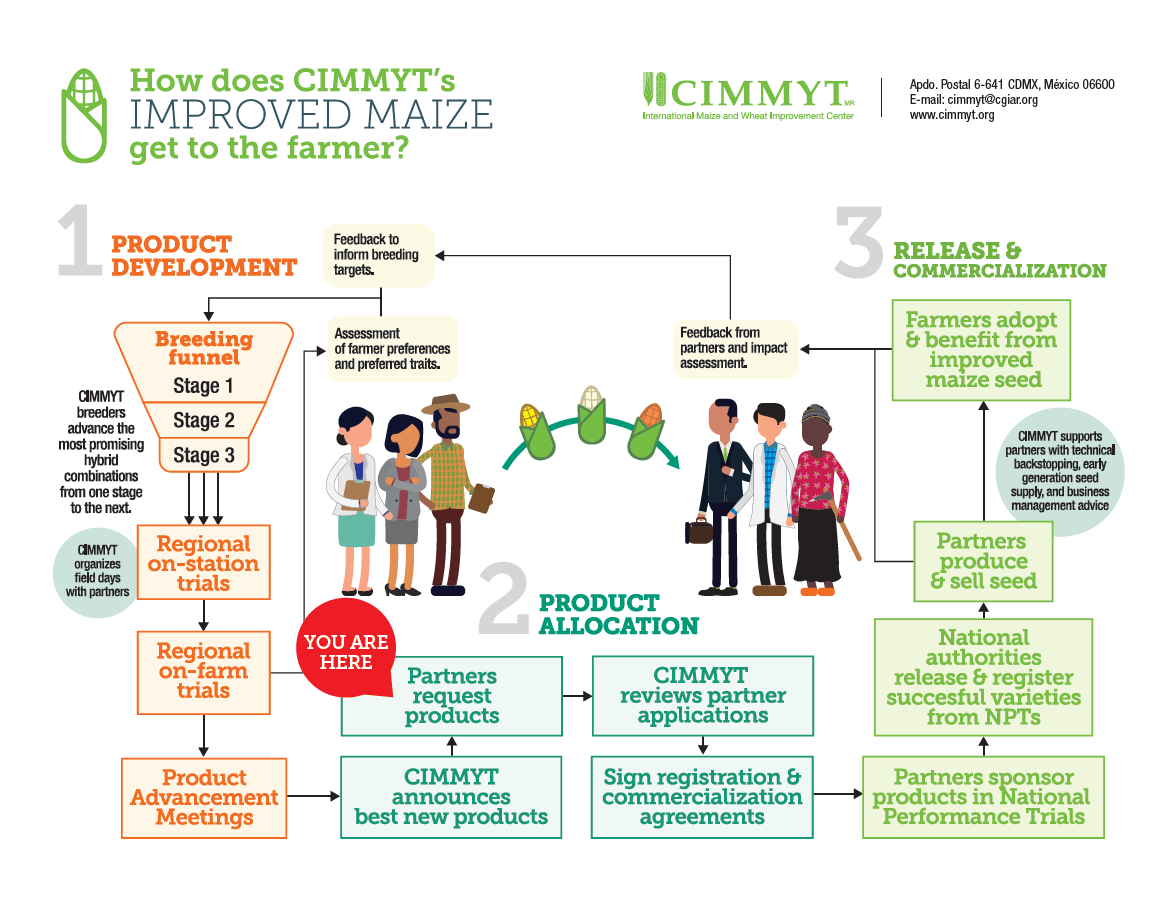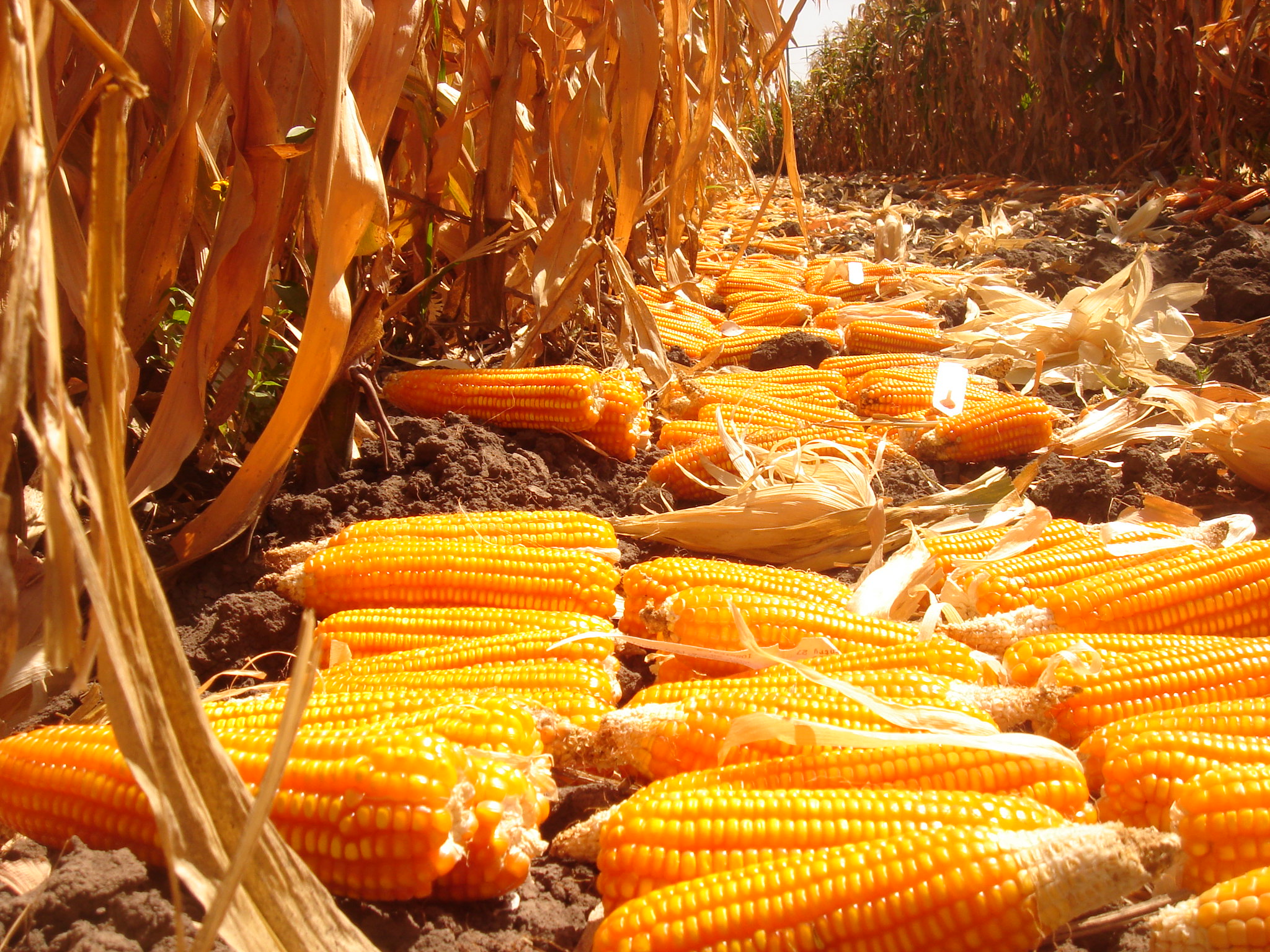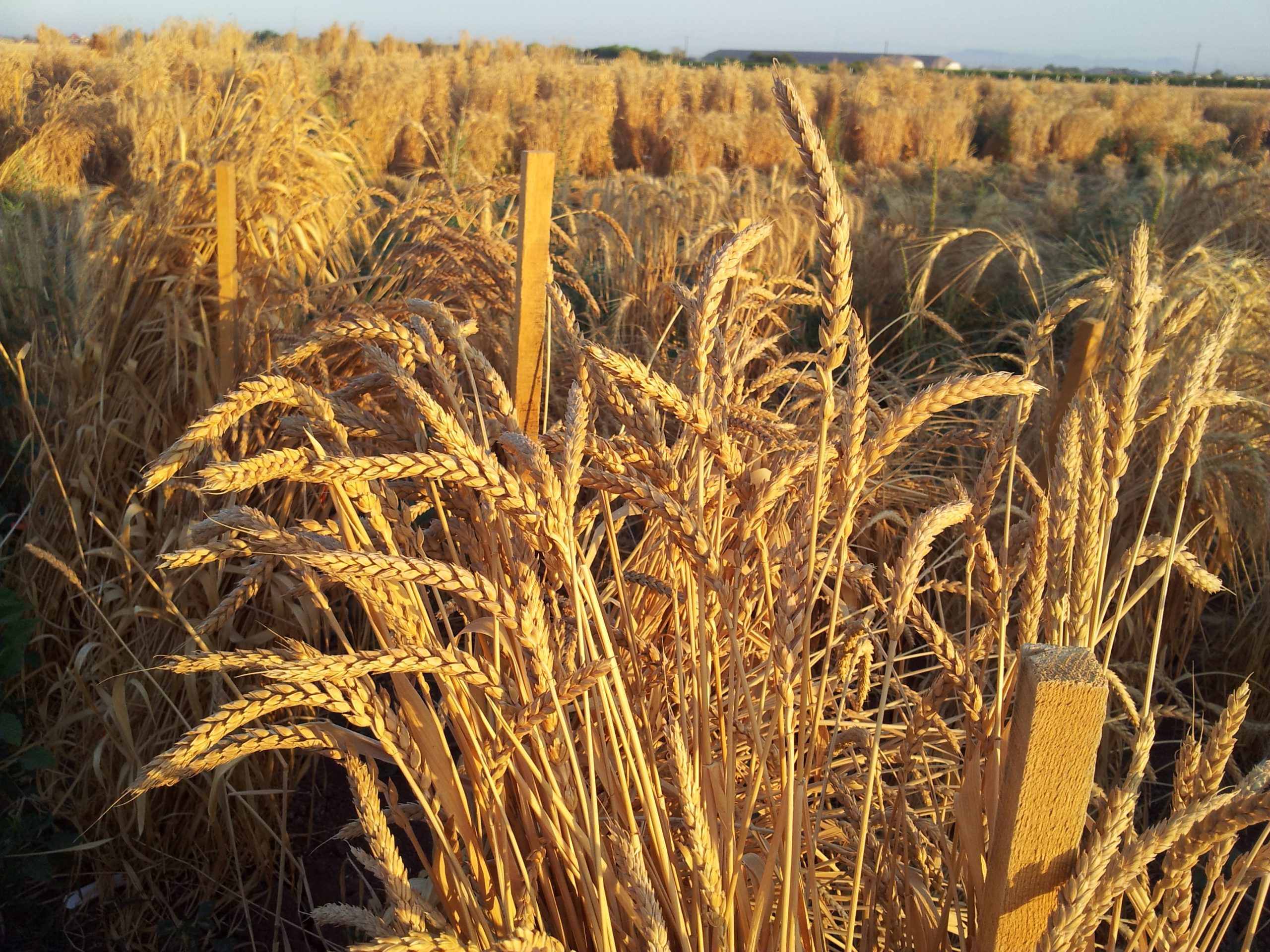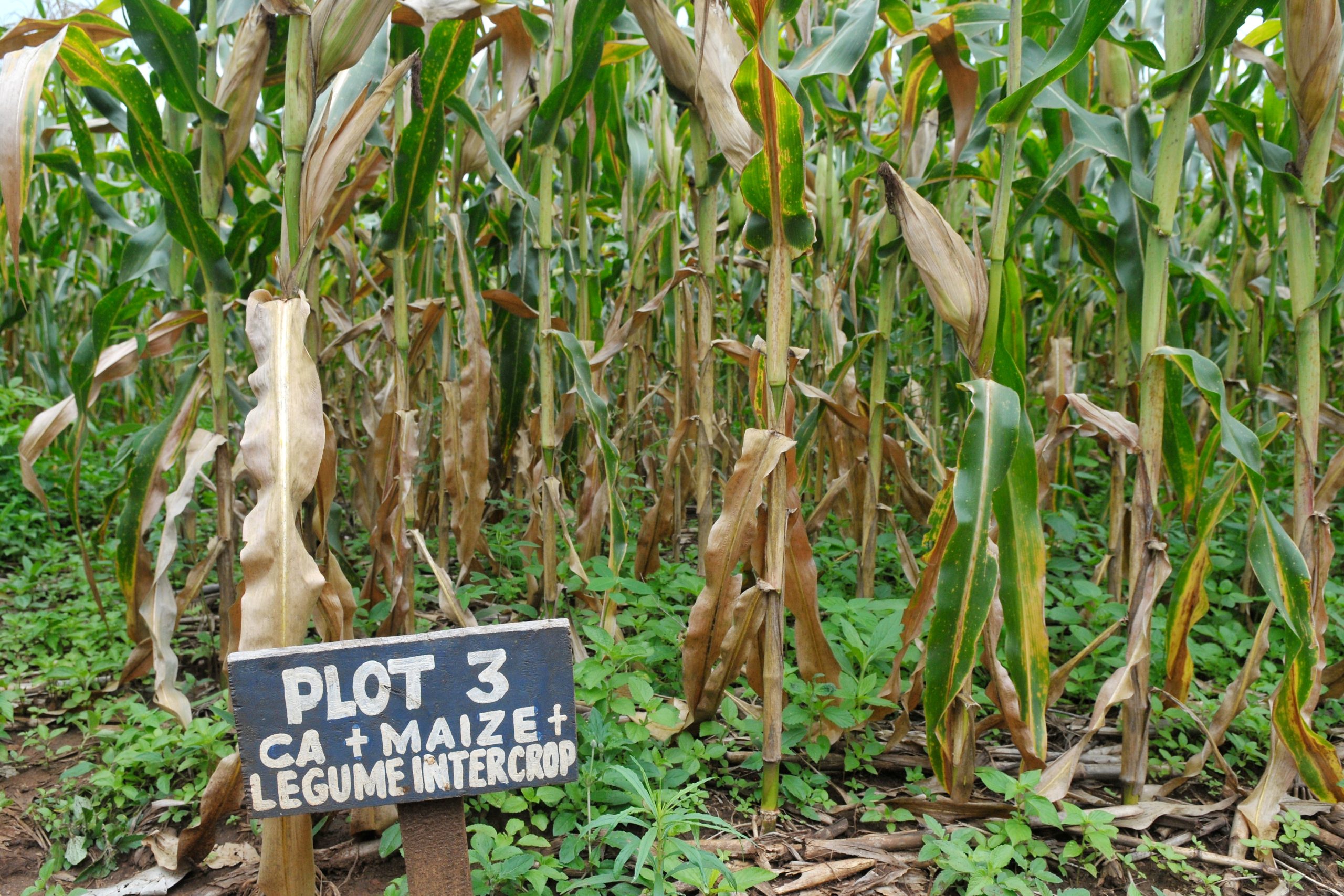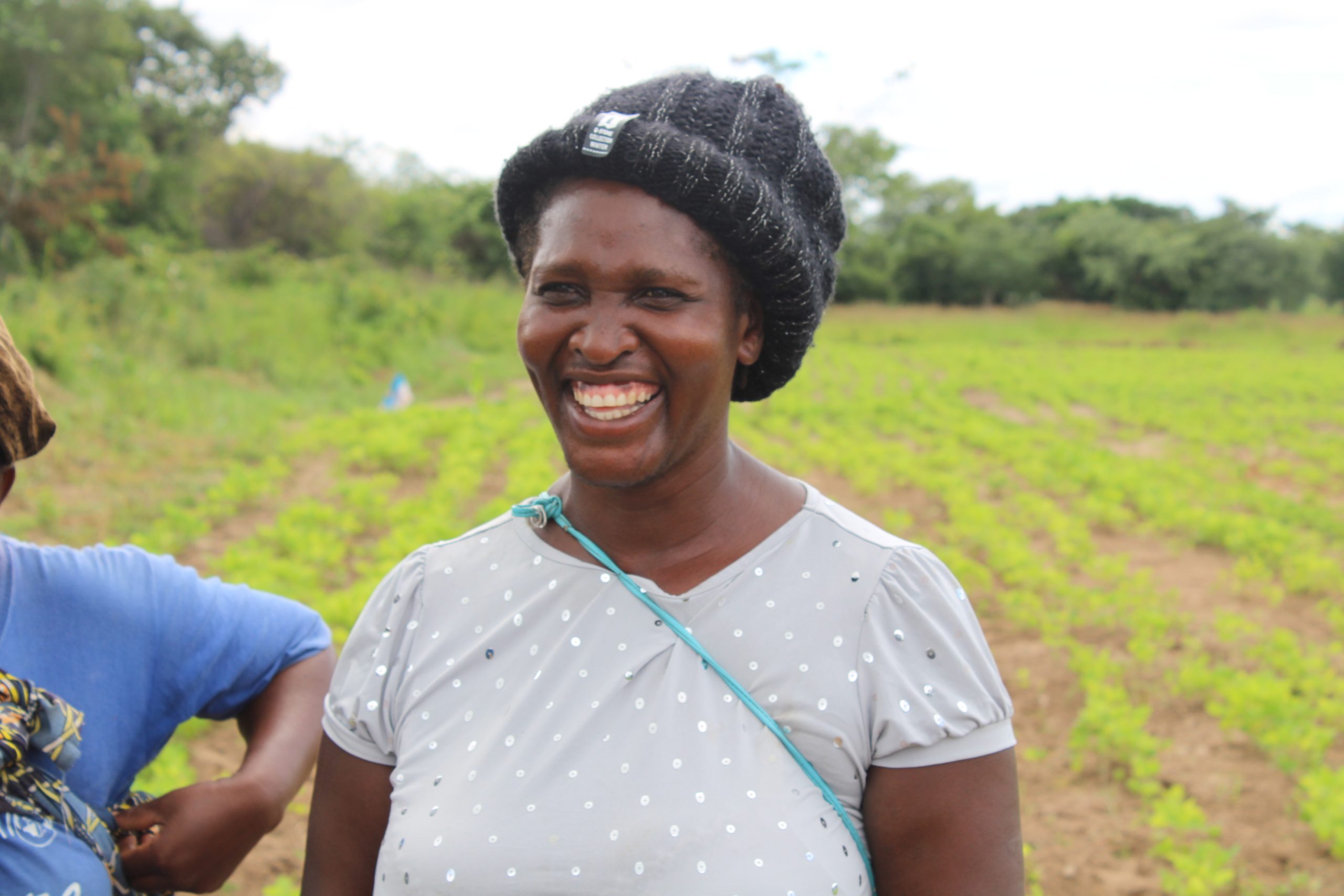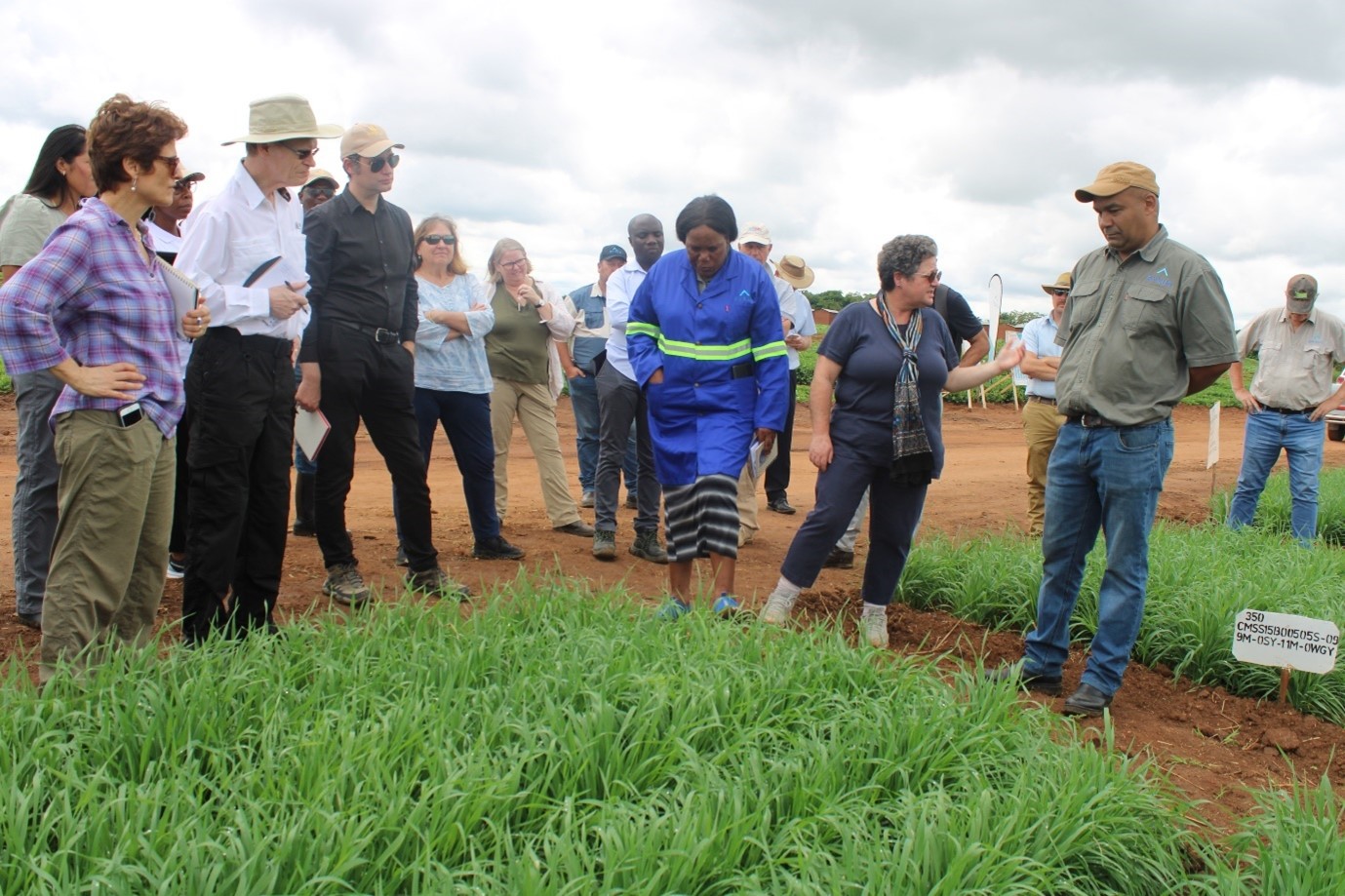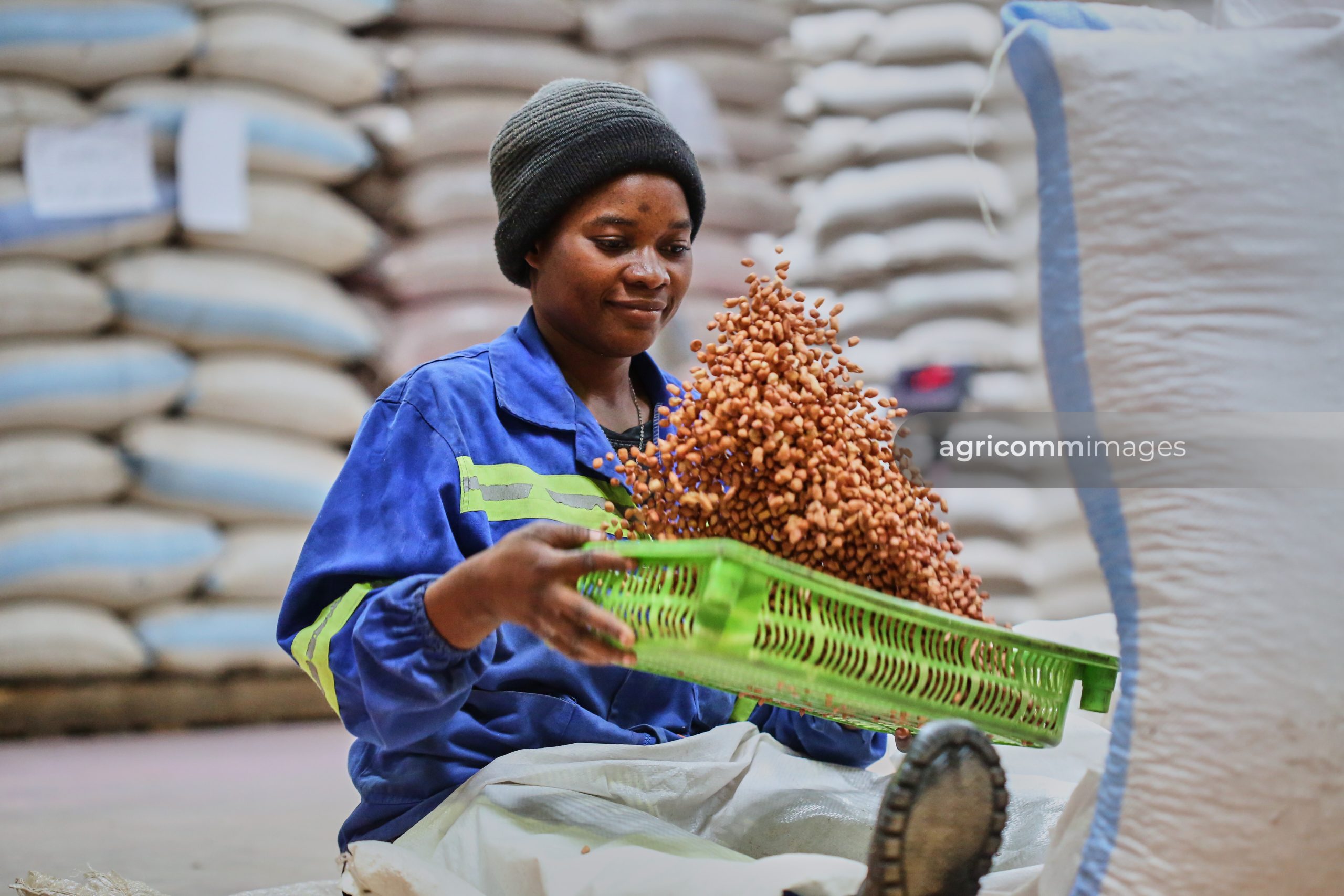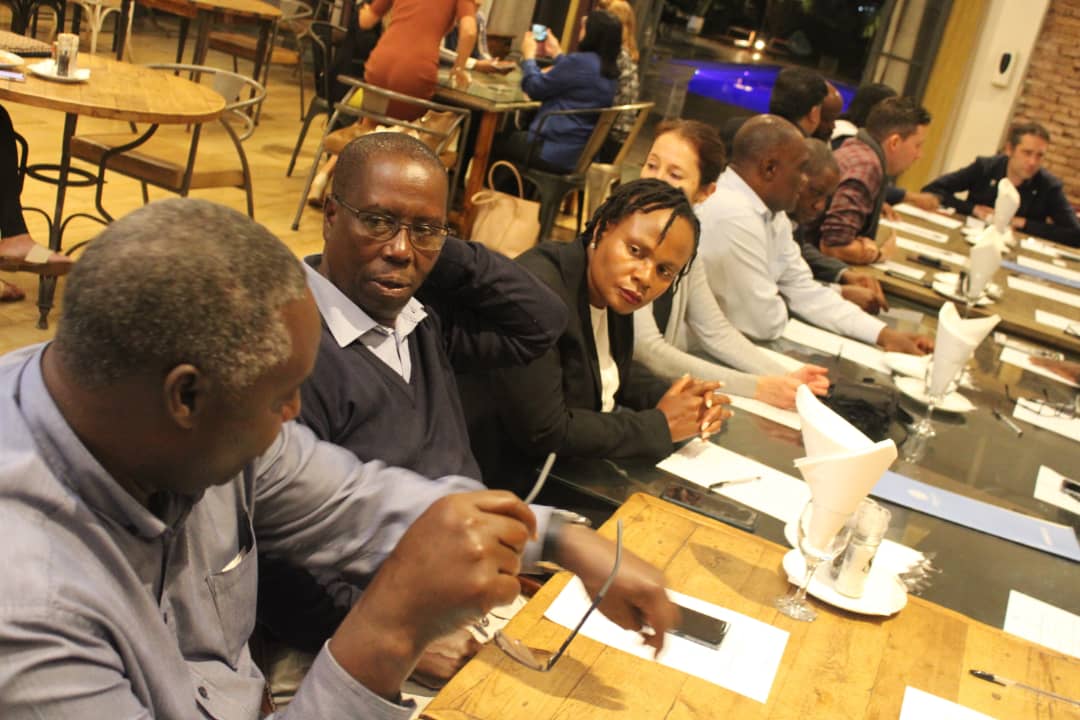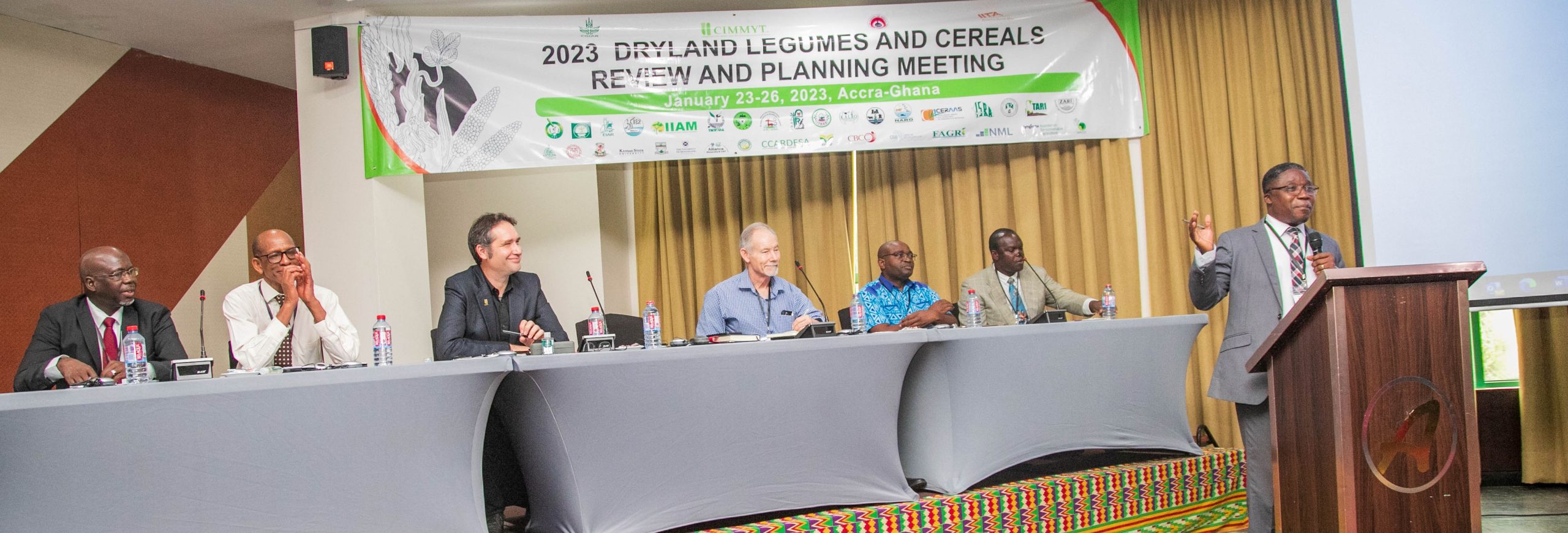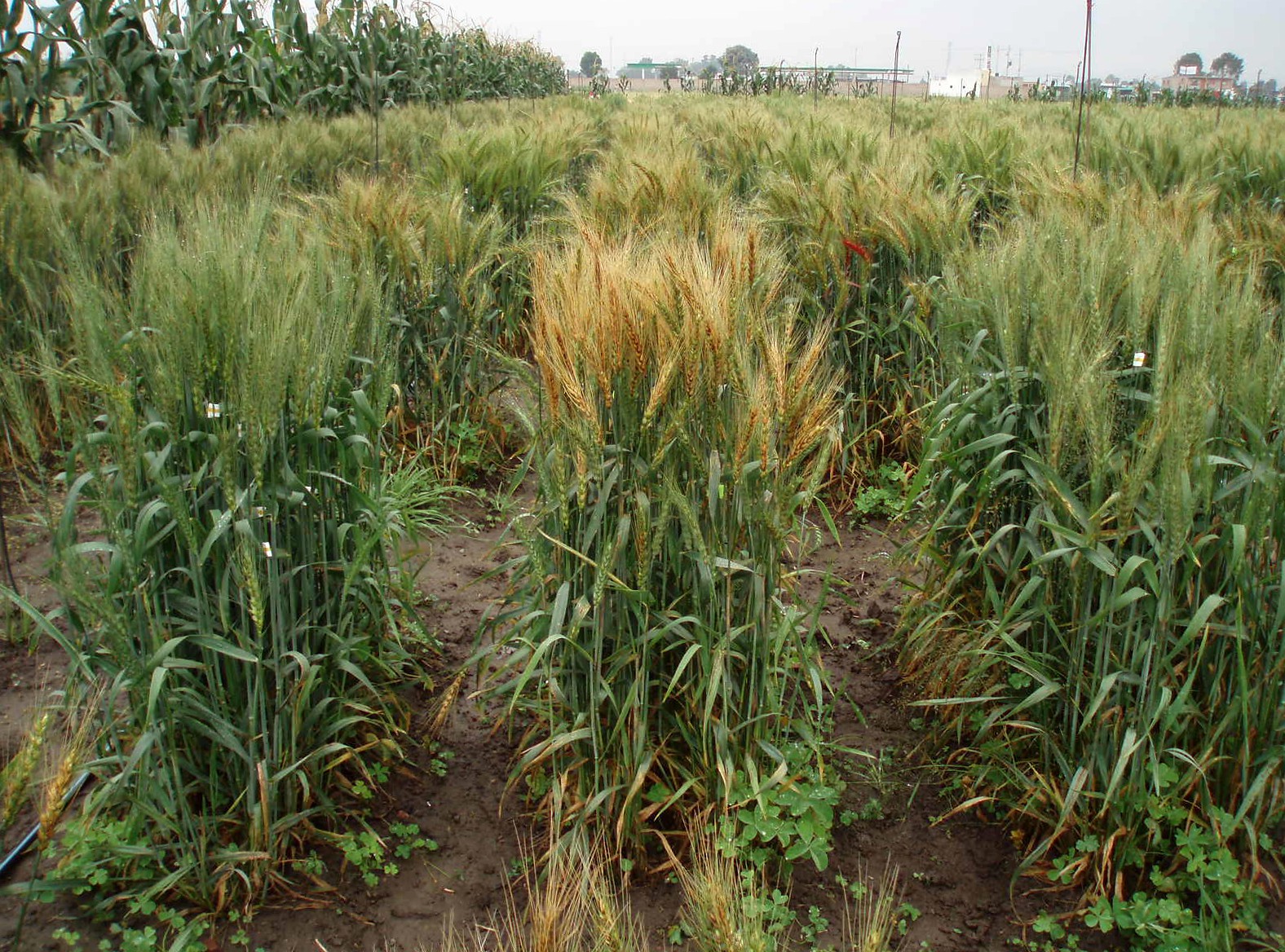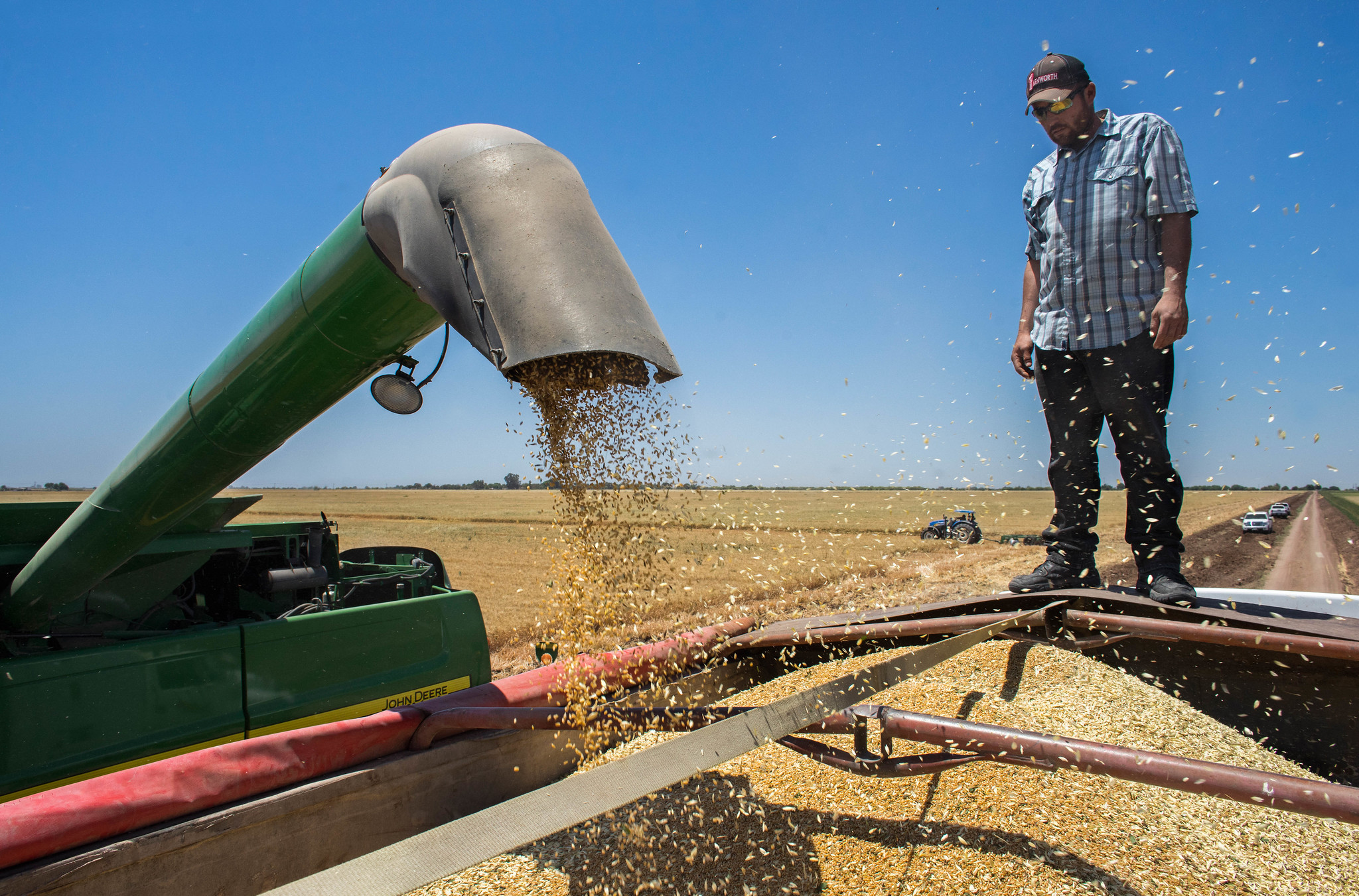Nutrition, health and food security
As staple foods, maize and wheat provide vital nutrients and health benefits, making up close to two-thirds of the world’s food energy intake, and contributing 55 to 70 percent of the total calories in the diets of people living in developing countries, according to the U.N. Food and Agriculture Organization. CIMMYT scientists tackle food insecurity through improved nutrient-rich, high-yielding varieties and sustainable agronomic practices, ensuring that those who most depend on agriculture have enough to make a living and feed their families. The U.N. projects that the global population will increase to more than 9 billion people by 2050, which means that the successes and failures of wheat and maize farmers will continue to have a crucial impact on food security. Findings by the Intergovernmental Panel on Climate Change, which show heat waves could occur more often and mean global surface temperatures could rise by up to 5 degrees Celsius throughout the century, indicate that increasing yield alone will be insufficient to meet future demand for food.
Achieving widespread food and nutritional security for the world’s poorest people is more complex than simply boosting production. Biofortification of maize and wheat helps increase the vitamins and minerals in these key crops. CIMMYT helps families grow and eat provitamin A enriched maize, zinc-enhanced maize and wheat varieties, and quality protein maize. CIMMYT also works on improving food health and safety, by reducing mycotoxin levels in the global food chain. Mycotoxins are produced by fungi that colonize in food crops, and cause health problems or even death in humans or animals. Worldwide, CIMMYT helps train food processors to reduce fungal contamination in maize, and promotes affordable technologies and training to detect mycotoxins and reduce exposure.
Delivering transgenic drought-tolerant and insect-protected maize varieties to African farmers
 Nutrition, health and food security
Nutrition, health and food security
Source: Seed Quest (3 May 2023)
The TELA maize project has protected smallholder farmers from Stem-borer and Fall Armyworm through resistant maize varieties. As part of the project’s fifth year, the AATF has restated its commitment to developing transgenic drought-tolerant and insect-protected maize varieties.
Farmers on the Front Lines: Mexico’s Cacao Crops Are Recovering Thanks to Women Like This
 Capacity development
Capacity development
Source: Global Citizen (21 Apr 2023)
CIMMYT gender research helps the Agrovita program, a collaboration between PepsiCo and Proforest, a UK-based agriculture non-profit, to design and promote gender sensitive training programs for smallholder cacao farmers in Tabasco and Chiapas, Mexico.
Six New CIMMYT maize hybrids available from eastern Africa Breeding Program
 Climate adaptation and mitigation
Climate adaptation and mitigation
Twenty Years of Enriching Diets with Biofortification
 Nutrition, health and food security
Nutrition, health and food security
20 years of rigorous scientific research.
Five new CIMMYT maize hybrids available from South Asia Breeding Program
 Climate adaptation and mitigation
Climate adaptation and mitigation
Research awards to tackle challenge of fortifying wheat against heat and drought
 Climate adaptation and mitigation
Climate adaptation and mitigation
HeDWIC and FFAR awarded grants to five wheat research projects in 2022 to protect the crop from climate change and other threats.
CIMMYT endorses and implements expert recommendations to drive the transformation towards Zero Hunger by 2050
 Nutrition, health and food security
Nutrition, health and food security
A new paper published today by experts at The Chicago Council of Global Affairs identifies the three main obstacles to global food systems transformation and hunger eradication by 2050.
Rapid modern wheat variety adoption key to supply chain security in Malawi
 Nutrition, health and food security
Nutrition, health and food security
CIMMYT experts collaborate with private sector to propel improved variety adoption in Malawi.
A seed systems success story
 Environmental health and biodiversity
Environmental health and biodiversity
Drought-tolerant maize seed thrives in Zambia through partnerships with the private sector.
Strengthening partnerships with government and private sector in Malawi
 Capacity development
Capacity development
CIMMYT-led event bringing private sector and government together is a success story of the power of collaboration.
Scaling impact of dryland crops research through regional crop improvement networks
 Environmental health and biodiversity
Environmental health and biodiversity
Scientists and stakeholders in Africa are co-designing a network approach to improve and expand dryland crops value chains in the continent.
China, Pakistan launched joint wheat breeding lab
 Capacity development
Capacity development
Source: Gwadar Pro (7 Mar 2023)
A joint lab for molecular breeding wheat research launches, with investment from China, Pakistan and CIMMYT.
